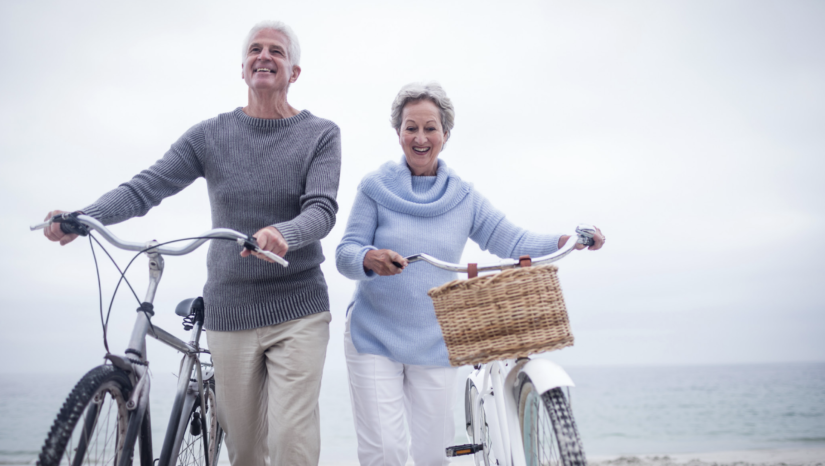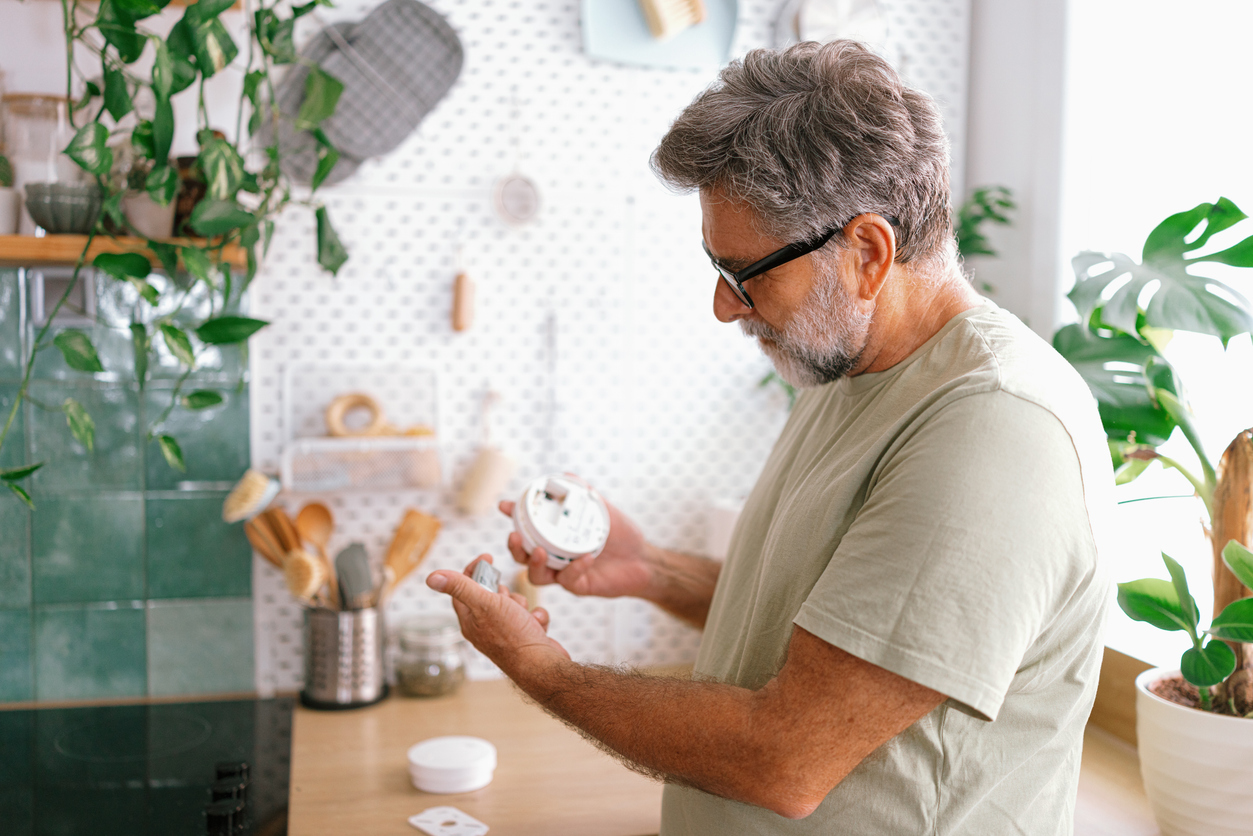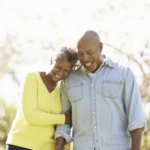Before you climb into bed tonight…
Stand on one foot for 30 seconds. Then switch to your other foot for 30 seconds. Short, simple exercises like this done regularly can help maintain muscle mass and strong bones to keep you steady on your feet for a lifetime.
Why Bother with Balance?
As we age, our vision, hearing, muscle mass and bone composition change, which weakens our
balance and increases our risk of falling. Falls can be a significant cause of disability for older adults.
Every 18 seconds, an older adult falls and is treated in an emergency department.*
Even a near-fall can trigger what aging experts call the mobility spiral.
As balance worsens – from lack of strength, sensory problems or certain medications – older adults’ independence begins a downward spiral. Their fear of falling leads to self-imposed inactivity and increased risk of future falls. But falls are not an inevitable part of aging. In fact, preventing falls and remaining confident in your ability to move can be child’s play.
Just Dizzy – Or Something More?
Most causes of dizziness are not serious and quickly resolve on their own. However, contact your doctor if:
- You have never had dizziness before.
- Symptoms are interfering with your daily activities.
- Medication is the suspected cause.
- You develop hearing loss.
Source: MedlinePlus, Dizziness.
Prevent Bone Breaks: Take a Strength-and-Balance Break
Peppering your day with proven activities to build and maintain strength and balance can pay off. Research suggests exercise can improve balance, and it’s never too late to start.**
Sit and stand
Easy enough. Now try with a book balanced on your head. 15 seconds. Walk the line. Walk heel-to-toe for 10 paces. Then walk backward toe-to-heel along the same line. 30 seconds.
Strengthen your core
All the muscles that stabilize your spine and pelvis (your core) affect your body control and balance. Try sitting on an exercise ball a few times a day. You’ll have to activate your core to sit on this unstable surface. Start with 10 minutes each sitting hour.
Work out in water
Stand in water, letting your arms float. As you pull your arms down to your sides, you’ll work your arms and back while stabilizing your core. Downward movements are resisted and upward movements are assisted with buoyancy. About one minute for each set of 20.
Try tai chi
This series of slow, continuous movements was proven to develop stronger muscles and better balance in a study in the Journal of Advanced Nursing.*** Average class length = one hour.
Maintain Your Mobility
You don’t have to spend hours bulking up to build strong muscles and bones that will help prevent serious injury from a balance-related fall. It only takes minutes each day to help maintain your mobility. To learn more about maintaining balance and preventing falls, visit your doctor.
* Source: Centers for Disease Control and Prevention.
** Source: “Exercise for improving balance in older people,” The Cochrane Database of Systematic Reviews 2008, Issue 2.
*** Source: Journal of Advanced Nursing, June 2005.





